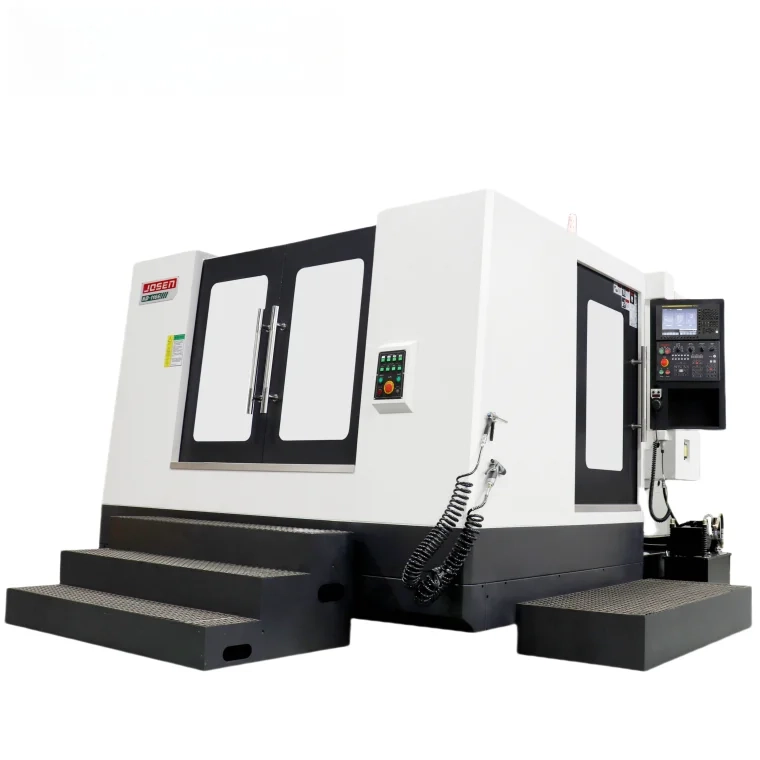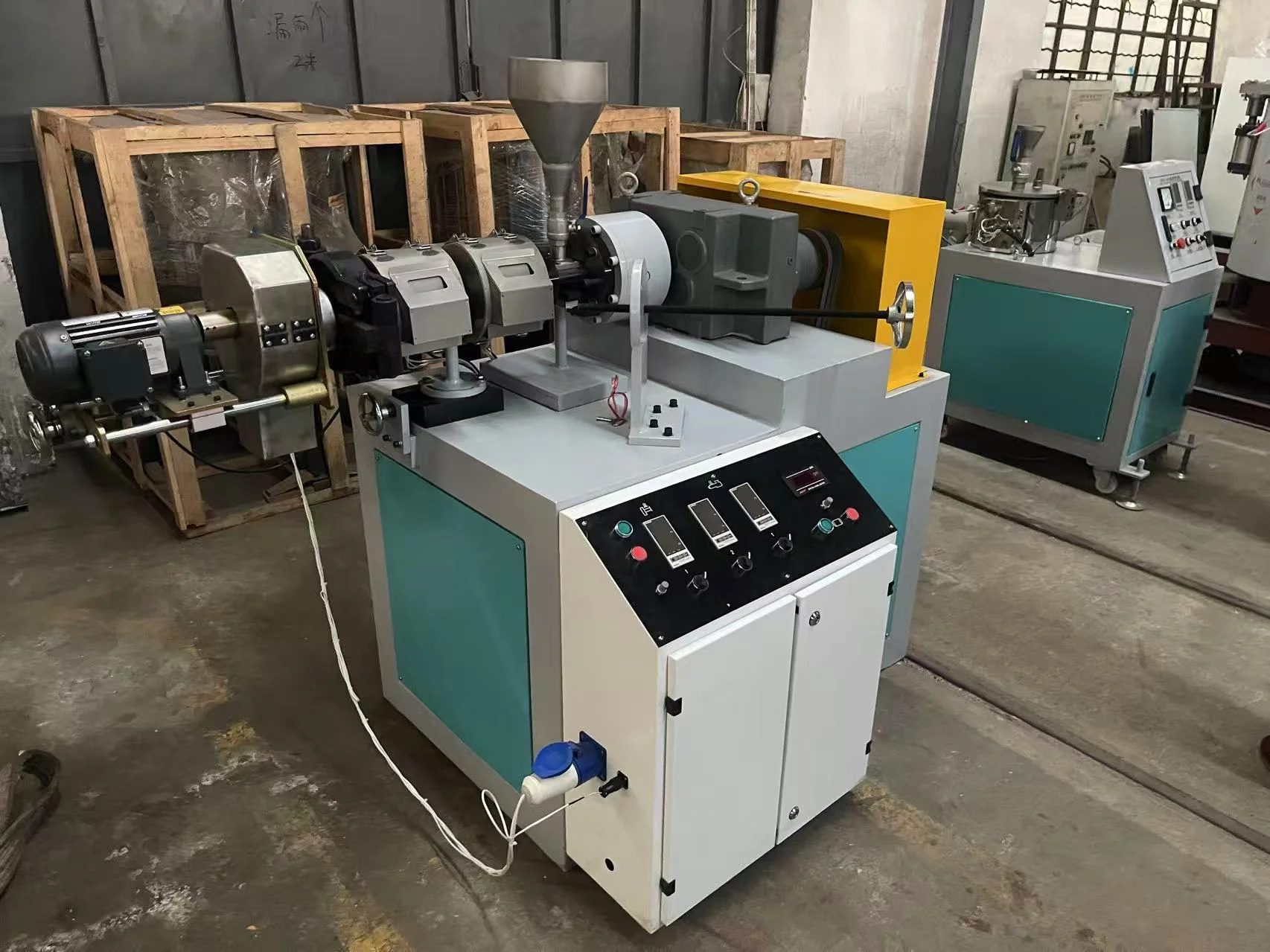Mastering Under-House Ventilation: A Comprehensive Guide to Optimal Airflow and Moisture Control
When it comes to maintaining a healthy home environment, proper ventilation is often overlooked, especially in areas like crawl spaces and basements. Understanding how to ventilate under a house is crucial for preventing moisture buildup, mold growth, and structural damage. This article delves into the intricacies of under-house ventilation, providing practical strategies and insights to ensure optimal airflow and moisture control.
Understanding the Importance of Under-House Ventilation
Under-house ventilation serves multiple purposes:
- Moisture Control: Excess moisture can lead to wood rot, mold, and mildew, which can compromise the structural integrity of your home and pose health risks to its occupants.
- Air Quality Improvement: Stagnant air can harbor pollutants and allergens. Proper ventilation helps to circulate fresh air, improving indoor air quality.
- Temperature Regulation: In climates with extreme temperatures, effective ventilation can help regulate the temperature under the house, reducing the load on heating and cooling systems.
Assessing Your Ventilation Needs
Before implementing a ventilation strategy, it’s essential to assess your specific needs. Consider the following factors:
- Climate: Humid climates may require more ventilation to combat moisture, while dry climates may need less.
- Soil Type: Clay soils retain moisture, necessitating enhanced ventilation compared to sandy soils that drain well.
- Existing Conditions: Inspect for signs of moisture problems, such as mold, musty odors, or water stains.
Types of Under-House Ventilation
There are several methods to ventilate under a house, each with its advantages and considerations:
- Passive Ventilation
Passive ventilation relies on natural airflow without mechanical assistance. This method typically involves:
- Vents: Install vents in the foundation walls to allow air to flow in and out. The number and size of vents depend on the square footage of the crawl space. A common guideline is to have one square foot of vent area for every 150 square feet of crawl space.
- Cross Ventilation: Position vents on opposite sides of the crawl space to facilitate cross-ventilation, enhancing airflow and reducing humidity levels.
- Active Ventilation
Active ventilation systems use fans to promote airflow. This method is particularly beneficial in areas prone to high humidity or stagnant air. Options include:
- Exhaust Fans: Install exhaust fans to expel moist air from the crawl space. These fans can be controlled by a humidistat, activating when humidity levels exceed a certain threshold.
- Supply Fans: Supply fans can introduce fresh air into the crawl space, helping to dilute any pollutants and improve air quality.
- Dehumidification Systems
In regions with persistent humidity issues, a dehumidification system can be an effective solution. These systems actively remove moisture from the air, maintaining optimal humidity levels (ideally between 30-50%).
Best Practices for Under-House Ventilation
To maximize the effectiveness of your ventilation strategy, consider the following best practices:
- Seal Air Leaks: Ensure that any gaps or cracks in the foundation are sealed to prevent unwanted air infiltration, which can undermine your ventilation efforts.
- Insulate Ductwork: If your home has ductwork running through the crawl space, ensure it is properly insulated to prevent condensation and energy loss.
- Regular Maintenance: Periodically inspect your ventilation system, including vents and fans, to ensure they are functioning correctly and free from obstructions.
- Monitor Humidity Levels: Use a hygrometer to monitor humidity levels in the crawl space. If levels consistently exceed 60%, consider enhancing your ventilation strategy.
Conclusion
Ventilating under a house is a critical component of maintaining a healthy and structurally sound home. By understanding the importance of ventilation, assessing your specific needs, and implementing effective strategies, you can significantly reduce the risks associated with moisture buildup and improve indoor air quality. Whether you choose passive or active ventilation methods, regular maintenance and monitoring are key to ensuring long-term success. With the right approach, you can create a safe and comfortable living environment for you and your family.


